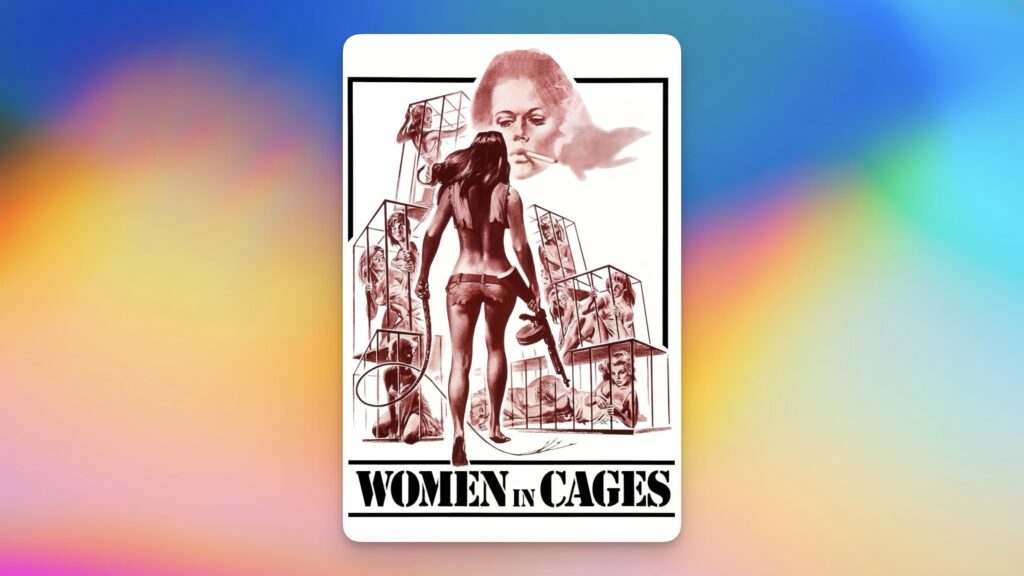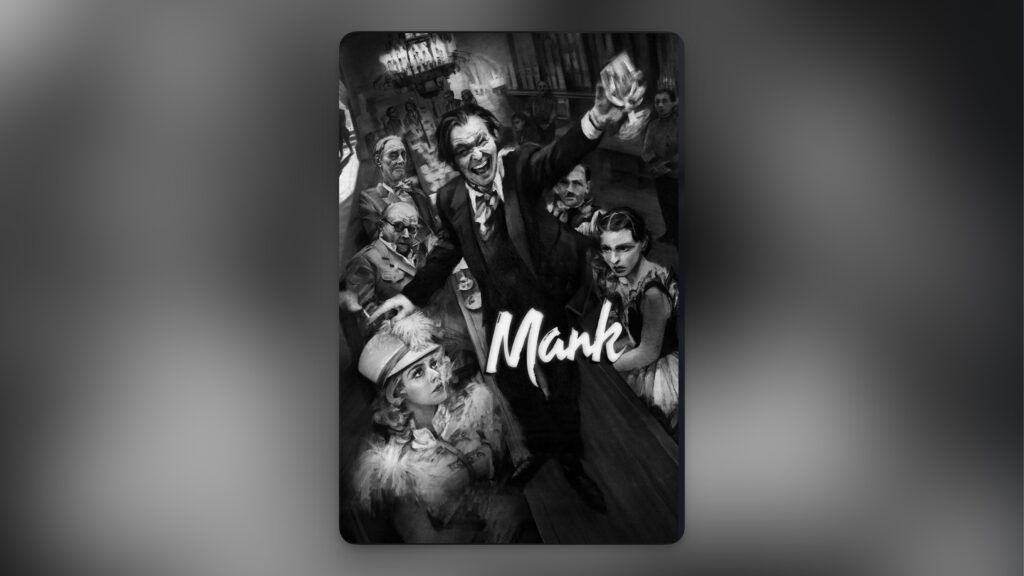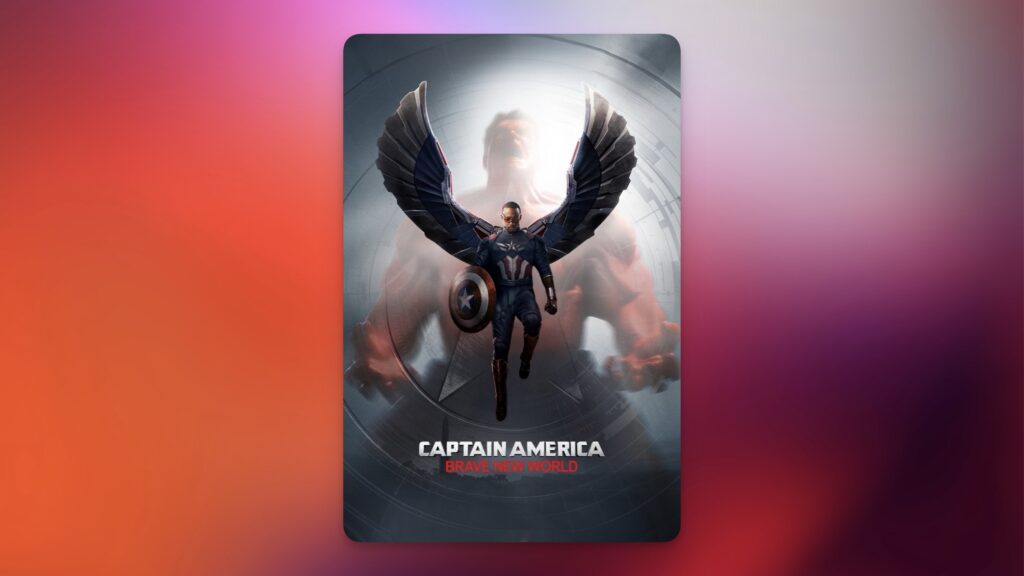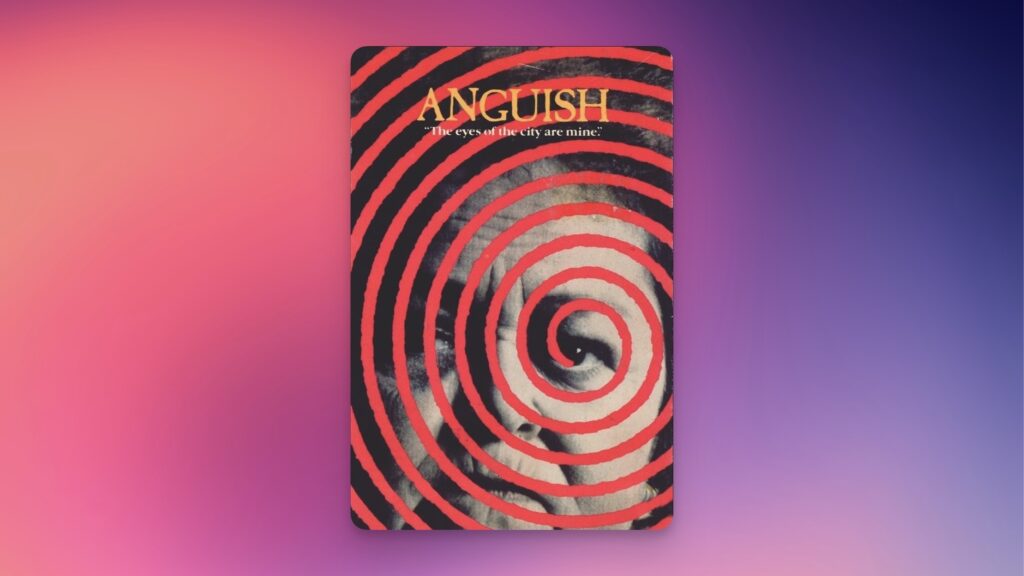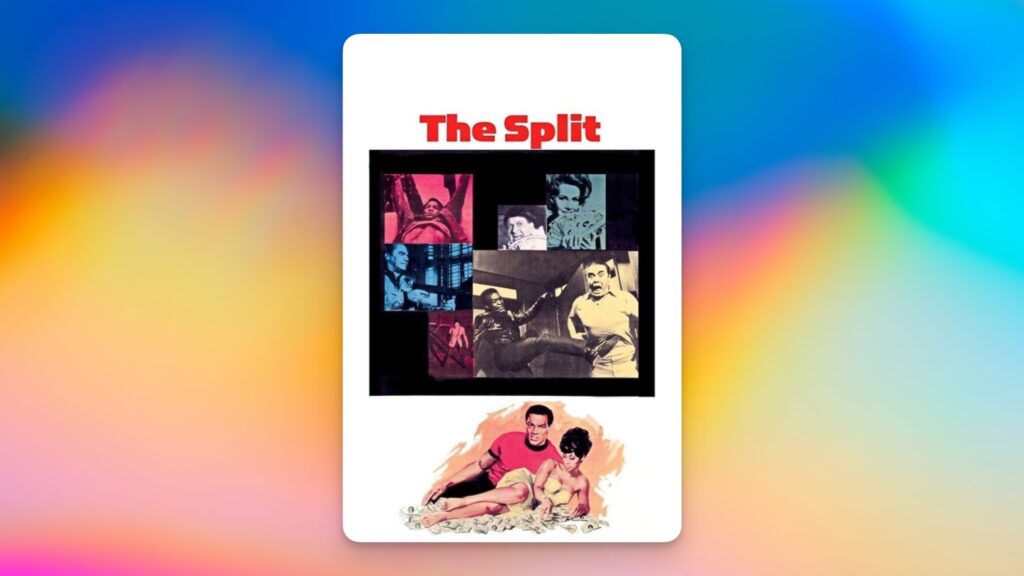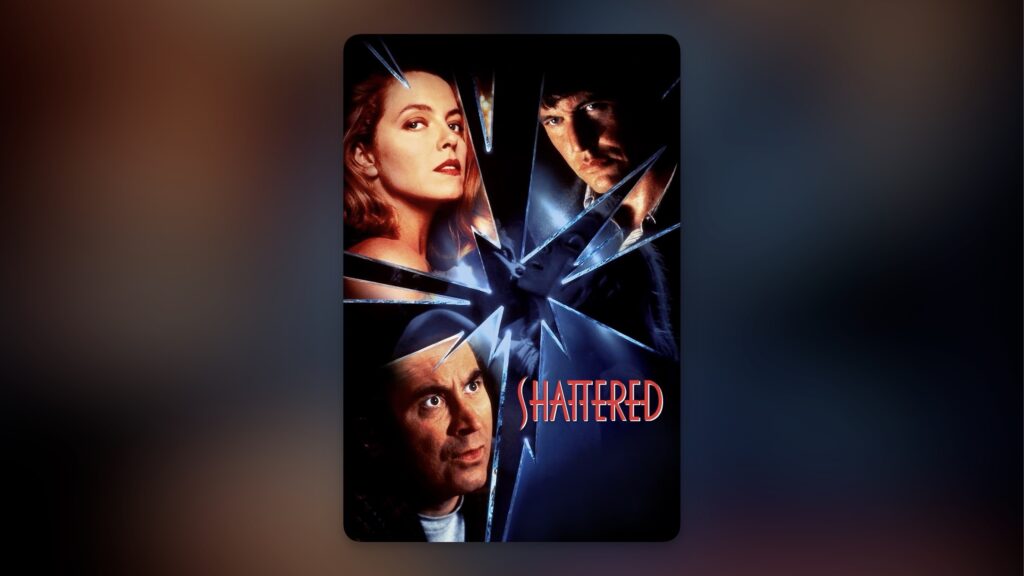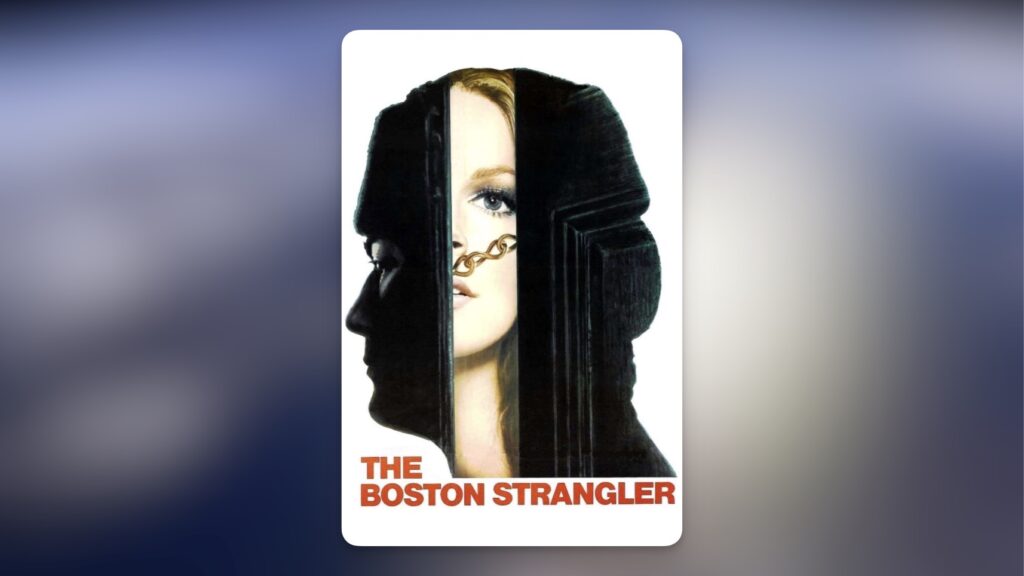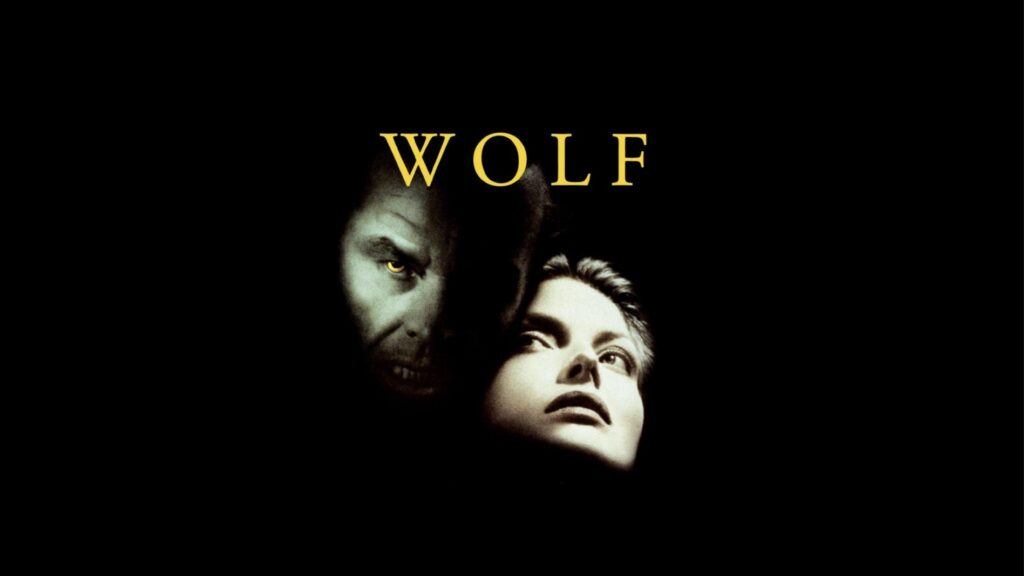Women in Cages is a movie that dares to ask the question: What if we took all the worst parts of human suffering and made them aggressively boring?
This 1971 women-in-prison flick is part of the glorious cesspool of exploitation films that Roger Corman churned out on his mission to screw with the censors. It was filmed in the Philippines—because nothing says “authentic storytelling” like making a movie about American women suffering in a Spanish-speaking prison system they don’t understand, while also making sure the real exploitation happens behind the camera. And yet, somehow, despite all the jungle chases, torture chambers, and lesbian sadist wardens, the most painful part of this movie is watching it.
The story follows Carol “Jeff” Jeffries, a woman so naïve that she makes a Disney princess look like a hardened criminal. She’s dating Rudy, a man whose entire personality screams “I am definitely a drug dealer,” and yet she’s utterly shocked when he frames her for drug trafficking. Cue the immediate sentencing—because in this universe, the judicial system moves at Marvel Cinematic Universe speed—and Jeff is shipped off to Carcel del Infierno, which, in case you don’t speak Spanish, literally translates to Hell Prison. Subtle.
Inside, she meets her new cellmates: Stoke, a heroin addict whose character arc is just… more heroin; Sandy, a woman who killed her abusive husband, and yet somehow has less personality than the prison walls; and Theresa, Alabama’s girlfriend, because of course the sadistic warden has a girlfriend played by an actress they were too cheap to credit. And speaking of the warden—enter Pam Grier as Alabama, a whip-wielding, torture-happy prison matron with a real talent for making every scene both deeply uncomfortable and mildly hilarious. Naturally, there’s escape planning, because of course there is. It goes about as well as you’d expect from a group of people who can’t figure out how to avoid getting stabbed in their sleep.
Let’s be clear: nobody was winning an Oscar for this. Jennifer Gan as Jeff is a main character with the screen presence of paint that is deeply confused about why it’s drying. Roberta Collins as Stoke is the only one who seems to be having any fun. Pam Grier, on the other hand, is the only person who understood the assignment. She plays an absolute monster of a warden, delivering every sadistic line with the kind of energy that says, “I know this movie is trash, but I am here to collect a paycheck and steal every goddamned scene.”
If you really squint, Women in Cages wants to have themes. It flirts with the idea that women are trapped not just physically, but emotionally, societally, and, most importantly, in this movie. It toys with the notion of power and corruption, showing a prison where the guards are cruel, the system is broken, and yet somehow the most unrealistic part is that Jeff thought her drug dealer boyfriend wasn’t a criminal. And of course, it dabbles in sexual exploitation, trying so hard to be edgy but mostly feeling like it was written by a 13-year-old boy who just discovered what the word lesbian means. At the end of the day, this movie isn’t making much of a statement.
Behind the scenes, things aren’t much better. The film was shot in the Philippines because cheap labor and questionable ethics! It was produced by Roger Corman, a man who has never met an exploitation film he didn’t want to bankroll. It was directed by Gerardo de Leon, who, according to reports, didn’t much care for working on this movie. Perhaps most tellingly, Quentin Tarantino has praised the film. Which might be telling, but Quentin Tarantino has made this sort of movie better than this movie actually is.
SPOILER: Does anyone escape? Nope! Instead, we get what Tarantino called a final shot of “devastating despair.” And sure, I see. But also? The real devastating despair is realizing you just sat through this entire movie and will never get that time back.
One star. It’s for Pam Grier, and also for the fact that the movie ended. Women in Cages is a film that proves you can have torture, betrayal, and jungle warfare, and still somehow be largely unwatchable.

